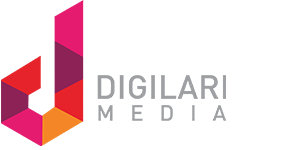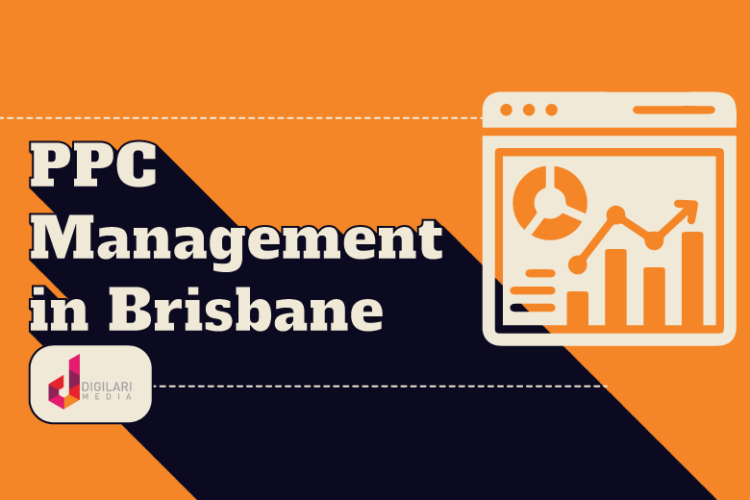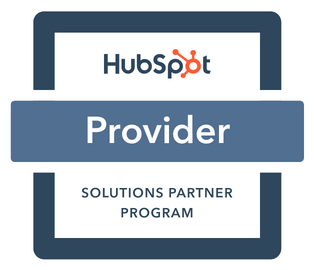
In digital marketing, monitoring Cost Per Click (CPC) is a key practice for businesses aiming to maximise their return on investment (ROI) in paid campaigns. By keeping a close eye on CPC, advertisers can make informed decisions that optimise their ad spend and improve campaign performance. This article delves into the importance of CPC monitoring and outlines strategies to maximise ROI.
On this page
What is Cost Per Click?
Cost Per Click (CPC) is a metric used in pay-per-click (PPC) advertising, indicating how much an advertiser pays each time a user clicks on their ad. CPC plays a crucial role in determining the cost-effectiveness of a campaign, impacting overall budget and profitability. The formula to calculate CPC is straightforward:
CPC = Total Ad Cost / Total Number of Clicks
This calculation helps advertisers assess how efficiently they are spending their budget. A lower CPC can lead to higher profits, making it an essential metric for optimising ROI.
The Importance of CPC Monitoring
Budget Management
Effective CPC monitoring allows businesses to manage their advertising budgets more efficiently. By tracking average CPC and its fluctuations, advertisers can allocate their budgets to the most cost-effective keywords and ad placements. This ensures optimal resource allocation and prevents overspending on less effective ads.
Performance Optimisation
Monitoring CPC helps identify which keywords and ads drive valuable traffic. Analysing CPC data alongside metrics such as click-through rates (CTR) and conversion rates allows businesses to focus on high-performing elements of their campaigns, improving overall performance. With consistent monitoring, advertisers can identify trends and areas that need adjustment to maximise efficiency.
Competitor Insights
Understanding industry benchmarks and competitor CPC trends offers valuable insights. By using tools like Semrush or Google Keyword Planner, businesses can analyse competitor CPC data to adjust bidding strategies and maintain a competitive edge. This ensures that their ads remain visible to target audiences without overspending.
Improved ROI
Ultimately, CPC monitoring is about maximising ROI. By regularly reviewing and adjusting bids based on CPC data, businesses can lower costs while maintaining or improving ad performance. This approach leads to more efficient campaigns, maximising the impact of each pound spent on advertising.
Steps to Monitor CPC Effectively
Step 1. Set Up Tracking Tools
Platforms like Google Ads or Facebook Ads Manager provide detailed insights into CPC, including clicks, costs, and conversion rates. These tools make it easier to monitor key metrics and adjust your strategies based on real-time data. For more advanced tracking, tools like Semrush or Ahrefs can help you analyse keyword CPCs and competitor performance.
Step 2. Implement UTM Parameters
Adding UTM parameters to ad links helps track specific campaigns in Google Analytics. This step allows businesses to attribute traffic and conversions more accurately to individual ads, providing a clearer picture of campaign performance.
Step 3. Regularly Review Performance Metrics
To effectively monitor CPC, review key performance indicators (KPIs) like:
- Average CPC: Offers an overview of ad spend across campaigns.
- Click-Through Rate (CTR): Measures how effective your ads are in driving clicks.
- Return on Ad Spend (ROAS): Helps determine the revenue generated from each pound spent on ads.
Consistently reviewing these metrics ensures you have a comprehensive understanding of how your campaigns are performing.
Step 4. Adjust Bids Based on Performance
Regularly adjusting bids is essential for optimising CPC. Whether through manual or automated bidding strategies, businesses should aim to increase bids on high-performing keywords while lowering bids for terms with high CPCs and low conversion rates. This targeted approach ensures that budgets are allocated to the most profitable areas of the campaign.
Step 5. Analyse Competitor CPCs
Understanding how your CPC compares to competitors is key to staying competitive. Use tools like Google Keyword Planner or Semrush to identify average CPCs for relevant keywords. This information helps advertisers set more competitive bids and adjust their strategies to ensure they remain within budget while maintaining visibility.
Strategies for Maximising ROI Through CPC Monitoring
Keyword Research and Selection
Conducting thorough keyword research is crucial for finding cost-effective, high-performing terms. Use tools like Google Keyword Planner to identify keywords with a favourable balance of search volume and CPC. By regularly updating your keyword list, you can seize new opportunities and discard underperforming terms, ensuring your campaign remains profitable.
Bid Adjustments
Frequent bid adjustments based on CPC data are critical for optimising budget allocation. Increase bids for high-converting keywords with acceptable CPCs, while lowering bids for terms that generate fewer conversions. This approach helps ensure that your spending aligns with performance, ultimately maximising ROI.
A/B Testing
Run A/B tests on your ad copy, landing pages, and calls-to-action (CTAs) to determine which variations perform best. Continuous testing allows you to refine your ads and landing pages, improving CTR and conversion rates, and ultimately lowering your CPC.
Quality Score Improvement
Search engines like Google assign a Quality Score to ads based on their relevance and performance. A higher Quality Score can lead to lower CPCs and better ad placements. To improve your Quality Score, focus on increasing the relevance of your ad copy, enhancing CTR, and providing a seamless landing page experience.
Use of Negative Keywords
Implement negative keywords to prevent your ads from appearing in irrelevant searches. This reduces wasted clicks, lowers CPC, and ensures your budget is spent on high-intent searches.
Ad Scheduling and Geo-Targeting
Utilise ad scheduling and geo-targeting to show your ads at the most effective times and locations. By targeting specific time frames and geographic areas, you can reach your audience when they are most likely to convert, improving ad performance and reducing CPC.
Conclusion
Cost Per Click monitoring is a vital practice for any business engaged in paid search advertising. By closely monitoring CPC and implementing optimisation strategies, advertisers can manage their budgets more effectively, enhance campaign performance, and maximise ROI. Embrace the power of data-driven decision-making to achieve sustained success in your paid campaigns and stay ahead in the competitive digital landscape.





